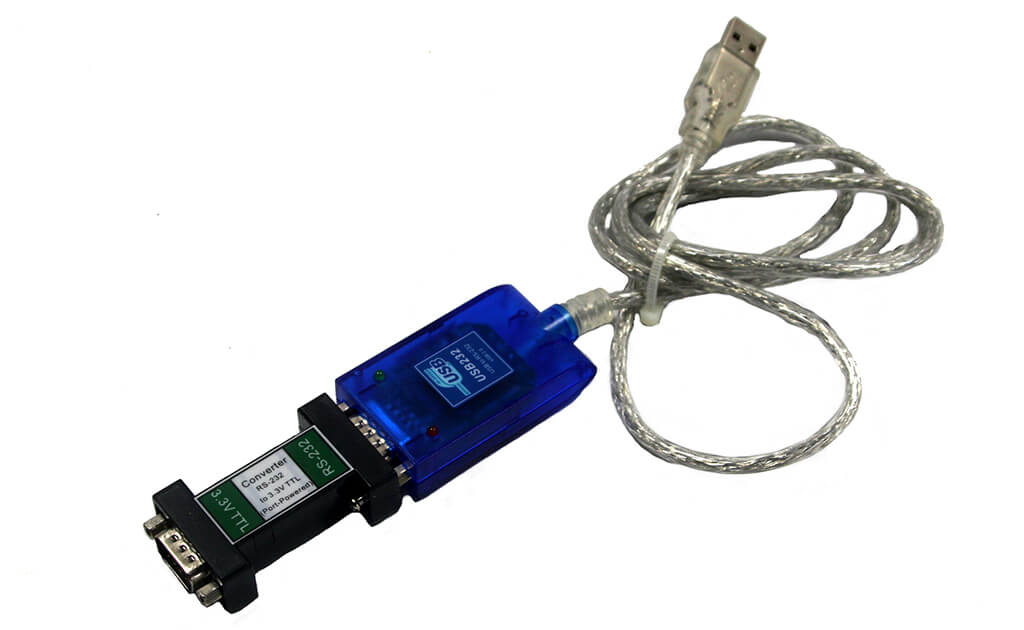

It is recommended that manufacturers distinguish USB 3.0 connectors from their USB 2.0 counterparts by using blue color for the Standard-A receptacles and plugs, and by the initials SS. Among other improvements, USB 3.0 adds the new transfer rate referred to as SuperSpeed USB (SS) that can transfer data at up to 5 Gbit/s (500 MB/s after encoding overhead), which is about 10 times faster than Hi-Speed (maximum for USB 2.0 standard).
USB OVERDRIVE REGISTRATION CODE 3.3 SERIAL
USB 3.0, released in November 2008, is the third major version of the Universal Serial Bus (USB) standard for interfacing computers and electronic devices. The ON/OFF indicator should go "ON" and both programming buttons should go "ON"Ģ5.USB 3.0 Promoter Group ( Hewlett-Packard, Intel, Microsoft, NEC, ST-Ericsson, and Texas Instruments) ġ2 mm (A plug), 8 mm (B plug), 12.2 mm (Micro-A & Micro-B plugs)Ĥ.5 mm (A plug), 10.44 mm (B plug), 1.8 mm (Micro-A & Micro-B plugs) At this point you should have two lines from your Mighty Mouse button to both the Delay control and the "Single Key" control and then a line from the Delay control to your Virtual Mouse buttonĢ4. Drag the Delay object handle to the Virtual Mouse buttonĢ3. Attach your Mighty Mouse button to the top of both the Delay and "Single Key" controls using the handle (says ON/OFF on the "bottom" of the button - just drag it to the top of each of the objects)Ģ2. Drag the Virtual Mouse Button #1 to the programming page under the delay buttonĢ1.

Now, reselect "Controllers" from the Palette window and find the "Virtual Mouse" that you created and click on itĢ0. In the Inspector window, change the seconds to 0.15ġ9. Drag the Delay object to the programming page under the Mighty Mous button to the rightġ8. From the Palette window, select "Timers" from the pop-up menuġ7. Click the "Single Key" output button on the programming page and click the Control checkbox in the inspector windowġ6. Locate the "Single Key" output and drag it to the programming page under your mighty mouse button (and to the left)ġ5. From the Palette window, select "Output" from the pop-up menuġ4.

Drag this button to the programming page (usually labeled Button #2)ġ3. You should see one of the button indicators flash ON/OFF in the Palette window as you click your right mouse button.ġ2. At this point, right click your mouse button. Click the Mighty Mouse icon to show the inputs.ġ1. In the Palette window, select "Controllers" from the pop-up menu. Now, in the main window, click the "P" icon to create a programming pageġ0. Select SheepShaver and then change the popup from "Both" to "Foreground"ĩ. Next click the + icon that appears - this will let you assign an application to the groupĨ. Then click on the popup that says "always" and change it to "if the following are running" under "Application Requirements".ħ. In the Inspector window, label the group "SheepShaver".Ħ. Create a new group (press the "G" icon at the bottom of the window)ĥ. Create a virtual mouse by clicking the "M" icon at the bottom of the windowĤ.
USB OVERDRIVE REGISTRATION CODE 3.3 WINDOWS
Make sure that both the Palette and Inspector windows are open:Ģ. In ControllerMate perform the following steps. What I mean to say is that there is so little missing to have a fully functioning TRUE Classic running on Intel and Leopard! Let's hope the developers somehow manage to give it a final push. I haven't tried replacing the Login or Panels files either, of course. After hacking the System file with ResEdit making OS believe it's 9.2.1, all 9.2.2 control panels work, except for Monitors, Startup Disk and QuickTime 6.0.3, of course. I currently run QuickTime 5.0.1 and it seems to work fine. The only 9.2.2 application that doesn't work on SheepShaver is QuickTime 6.0.3. It seems even the USB extension and panels work (the only caveat, of course, is that the SheepShaver "computer" has no USB connectors of any kind). These past couple of days I've been following some of the hints provided on this forum and I've been able to copy most of the actual Classic 9.2.2 installation that came with my Panther disks over to 9.0.4. Can't a future build of SheepShaver take advantage of such things and let OS 9 know that the 'SheepShaver mouse' has two buttons? It's a pity, though, that BasiliskII seems to have a special configuration (rightmouse ?) for a two-button mouse, or perhaps for swapping clicks for left-handed people. Seeing the lack of response of such things as USB Overdrive or TheMouse2B on OS 9.0.4 running under SheepShaver for OS X, I've reached the conclusion that the only "mouse" OS 9 "sees" is the one SheepShaver says there is: A one-button mouse with a wheel.

Regensburg wrote:As far as I am aware, there is no way to make right-clicks work in SheepShaver for MacOSX.


 0 kommentar(er)
0 kommentar(er)
